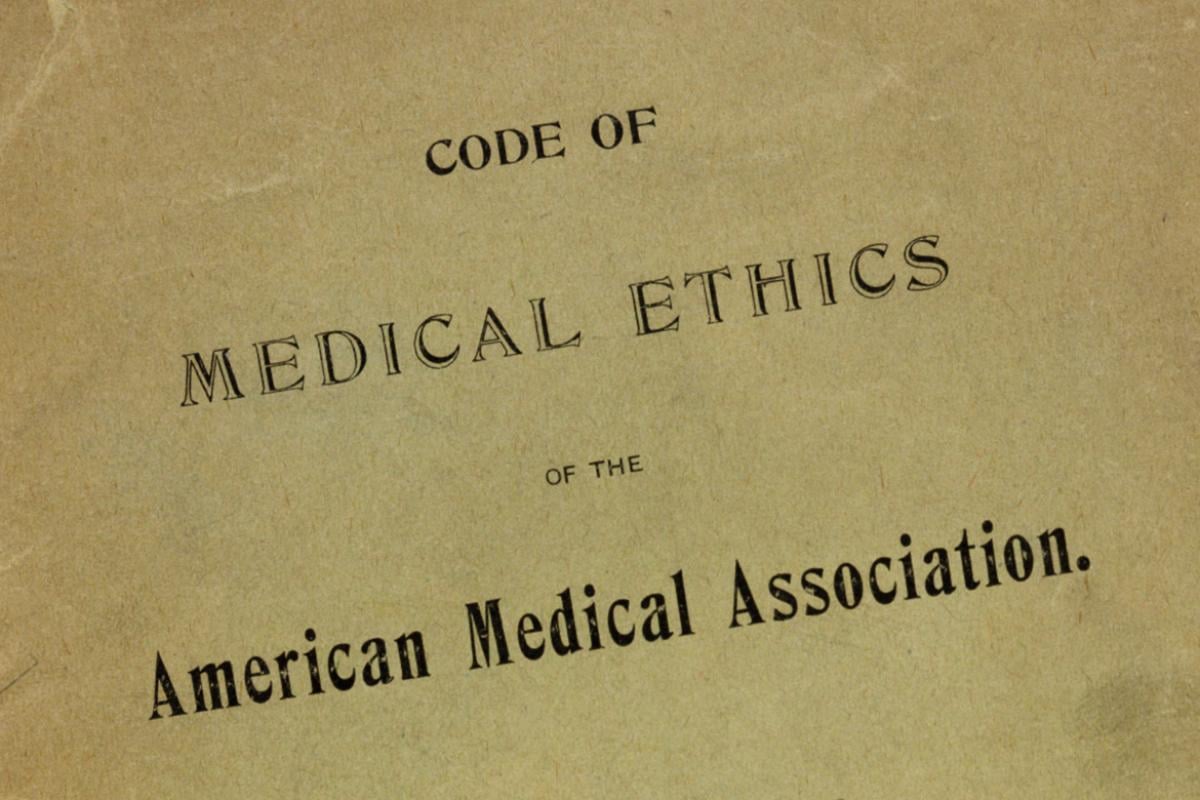Posted by Bill Sandweg.
Study after study has shown that medical malpractice is a leading cause of deaths and injuries in the United States. Some estimates place the number of annual deaths attributable to preventable medical errors at over 250,000. This would make medical malpractice the third leading cause of death in the United States after cancer and heart disease. Even if malpractice events are occurring at the same rate as in the past, the increase in the population of the United States alone would mean that the total instances of medical malpractice are increasing. At the same time, the number of medical malpractice lawsuits is dropping and has been for the last thirty years. What is happening here?

According to data collected by the National Practitioners Data Bank, a national clearinghouse created by Congress to collect information about malpractice payments, with the exception of a slight upward tick around 2000, the annual number of malpractice payments has been dropping every year since they began keeping records in 1990. In 2021, there were only about 9,000 malpractice payments made across the United States. The number in 1991, thirty years earlier, was 19,000. The reason fewer and fewer malpractice claims are made each year are many and mostly the result of concerted efforts by the medical profession and its malpractice insurance companies.
I have been involved in medical malpractice lawsuits for over 40 years. I began by representing doctors and hospitals, but have been representing patients for the last 30 years. Over that period, even as the number of claims has been declining, the doctors have been consistently complaining about being sued for malpractice and claiming that most of the suits were frivolous. They have used their position in society to get wide publicity for these claims. They have used their prodigious lobbying power to get state legislatures to pass laws making it more difficult for people to sue them and, when they are caught malpracticing, limiting the amount an injured person can recover. Pushed along at least in part by their antipathy toward trial lawyers, many Republican politicians have made “tort reform” part of their governing philosophy. Hospitals tag along with the doctors and receive protections as well.
Along with their malpractice insurance companies, doctors claim from time to time that there is a malpractice insurance crisis that requires even more protections for them in order to prevent a complete collapse of the health care system. These malpractice insurance crises obviously have nothing to do with an increasing number of malpractice lawsuits and everything to do with the investments the insurance companies make with the premiums they collect. The “crises” almost always occur just at the time when the stock market is experiencing a retreat. The insurance companies have to increase the premiums they charge to offset their stock market losses. The “crisis” recedes when the market starts going up again. By then, however, the legislatures have usually already given the doctors some additional protection from having to be responsible for the injuries they cause.
All of this has had predictable effects which serve the interests of the doctors, hospitals and insurers and which cause fewer and fewer malpractice claims to be brought.
Doctors and hospitals win 85 to 90% of malpractice cases that go to trial. This figure holds true pretty much all across the country. This win rate holds even when the claims of the injured patients are strong. Jurors cannot hear the words “medical malpractice” without the word “frivolous” lighting up in their brains in neon letters. If you are going to lose almost all the time, why bother to file a claim in the first place?
The specialized lawyers who represent injured patients in malpractice cases are not stupid. Medical malpractice cases are among the most time consuming, most complex, and most costly cases in our civil justice system. I typically invest over $100,000 of legal time in every malpractice case and advance payments to expert witnesses of at least $25,000. I don’t get paid and don’t get reimbursed for the costs I have advanced unless I either win at trial or the case settles. No one pays when a case is frivolous. They will only pay if the case is a strong one with significant injuries. If I am investing this much time and money, I cannot accept a case in which I don’t think I will be able to recover at least $350,000.
Even when the case is a strong one and the patient badly damaged or killed, the state will always have erected roadblocks to either make it more difficult for the patient to win, or to limit the patient’s recovery, if she does win, or both. Over half the states in the country impose some form of limits on the amount an injured patient can recover, regardless of how bad the malpractice was or the magnitude of the injury. Once in place, those caps rarely change. In 1975, California capped non-economic damages in medical malpractice cases at $250,000. Despite inflation, that number did not change for 47 years. Many of the cap statutes also limit what the malpractice attorney can collect, ostensibly to protect the patient. In fact, these limitations on what the attorney can receive are intended to discourage attorneys from taking malpractice cases.
A competent medical malpractice lawyer must be able to identify those cases which have strong liability and strong damages and reject the rest. I am forced to turn down over 100 cases for every one I am able to take. A malpractice lawyer who files three frivolous cases in a row will find himself or herself bankrupt. For these reasons, the idea that the system is clogged with frivolous cases is ludicrous.
Add to all this the fact that many victims of malpractice just want to move on. They don’t want to spend the next three or four years of their lives fighting to prove their case and to be reminded of what they have lost. This is especially true when the deck is stacked against them and they will never receive what they consider to be a fair amount for their injury.
The result is a system that works poorly for everyone. Doctors, hospitals and their insurance companies complain about being sued. They complain that the cases are too complicated to be understood by juries, even though they almost always win in front of a jury. They complain about how, even if they win, the cases are expensive and time consuming. Patients complain about how expensive doctors and hospitals make the cases through the use of scorched earth defenses. Even studies conducted by doctor groups have remarked upon the amount of money spent on defense, even when the patient’s claim was meritorious.
It is certainly no surprise to me that the number of malpractice claims continues to drop. The system has been rigged and any sane person who recognizes that fact will act accordingly. Only the most grievously injured patients with the clearest evidence of malpractice will be able to find competent lawyers to represent them. All the other victims of malpractice just have to suck it up. There must be a better way.













